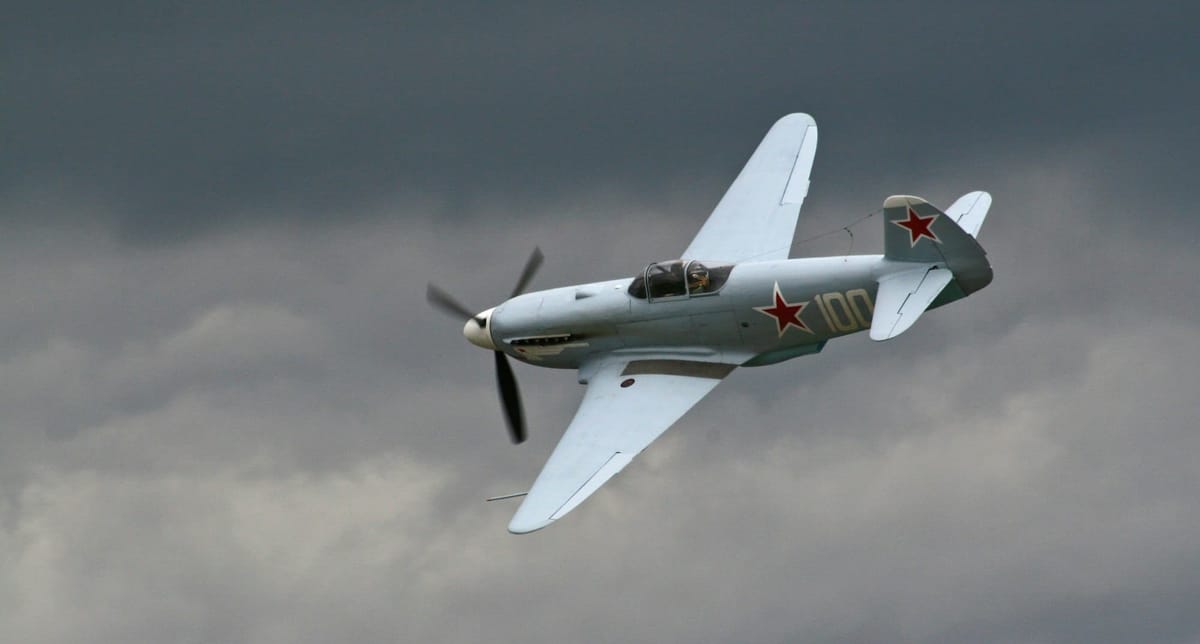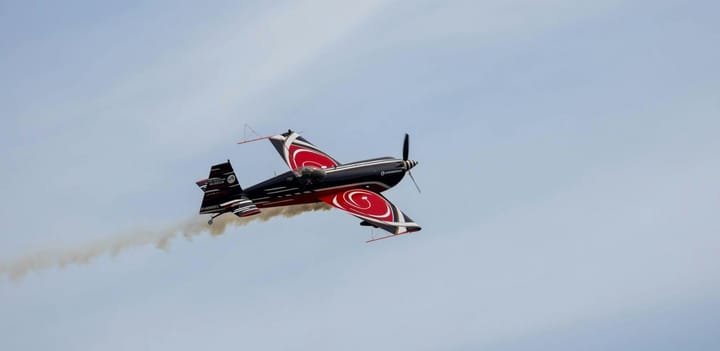Explore how speed, bank angle, and altitude affect aircraft turning behavior with real-time calculations of turn radius, rate, and full-circle time. Visualize coordinated level turns and analyze maneuvering performance using dynamic charts and ISA-based corrections.
The Turn Performance Tool is an interactive aerodynamic calculator designed to help visualize how an aircraft's turn characteristics change based on input conditions. It simulates standard coordinated turn dynamics using simplified equations of motion under level flight assumptions.
This tool is built for educational and analytical purposes and offers projected performance outputs such as:
- Turn Radius (how wide the aircraft turns)
- Turn Rate (how fast the aircraft rotates in the turn)
- Time to Complete a 360° Turn
⚠️ Disclaimer: These are mathematically modeled results under ideal conditions. This tool should not be used for real-world aircraft operation or flight planning.
Parameters Explained
To begin using the tool, input or adjust the following key parameters:
1. Speed (V)
- Definition: The true airspeed of the aircraft during the turn.
- Units: Knots (imperial) or meters per second (metric).
- Typical Range: 50–400 knots (or 25–200 m/s).
- Effect: As speed increases, the turn radius increases and the turn rate decreases.
(e.g., 150 knots vs 300 knots will yield a wider and slower turn)
2. Bank Angle (ϕ)
- Definition: The angle between the aircraft’s wings and the horizontal plane during a turn.
- Units: Degrees (°).
- Typical Range: 5°–70°.
- Effect: Increasing the bank angle results in a tighter turn radius and faster turn rate.
(e.g., at 30°, the aircraft achieves a moderate balance; at 60°, turn sharpness increases significantly)
3. Altitude (optional)
- Definition: The flight level at which the turn is executed.
- Units: Feet (imperial) or meters (metric).
- Effect: Used in conjunction with the ISA model to simulate atmospheric density changes.
(e.g., inputting 10,000 ft allows the model to adjust gravity/density effects for more accurate estimations)
4. Apply Density Correction
- Purpose: Activates atmospheric density adjustments using the International Standard Atmosphere (ISA) model.
- Effect: At higher altitudes, reduced air density decreases aerodynamic effectiveness, which impacts the lift vector and, thus, modifies turn performance.
(e.g., a 20° bank turn at 30,000 ft with correction enabled will yield a larger radius than the same turn at sea level)
5. Unit System
- Users can toggle between Imperial (knots, feet) and Metric (m/s, meters) based on preference or regional usage standards. Unit consistency is maintained across the entire calculation and visualization framework.
How to Use the Tool
- Set Speed and Bank Angle:
Use the sliders or text inputs to adjust your desired flight condition. Visual charts will update in real-time. - Optional – Input Altitude and Toggle Density Correction:
For more realistic outputs, enter your altitude and toggle the ISA-based correction model. - Analyze Results:
The results section shows three key outputs:- Turn Radius (R): Distance required to complete the arc (e.g., 1,200 ft)
- Turn Rate (ω): Angular speed (e.g., 3.2 °/s or 0.53 RPM)
- Time for Full Circle: How long it takes to complete a 360° turn (e.g., 113 seconds)
- Visual Insights:
- Interactive charts help you explore the relationships:
- Turn Radius vs Speed
- Turn Rate vs Speed
- Turn Radius vs Bank Angle
- A top-down animated turn circle provides intuitive visualization for lateral maneuvering behavior.
Output Metrics Explained
Upon entering the input parameters, the tool dynamically calculates and displays the following projected results:
• Turn Radius (R)
- The horizontal distance from the center of the turn circle to the aircraft’s path.
- Calculated using the formula:
R = V² / (g × tan(ϕ)) - Outputs are shown in both meters and feet.
• Turn Rate (ω)
- The angular velocity at which the aircraft rotates during the turn.
- Expressed in degrees per second (°/s) and revolutions per minute (RPM).
- Calculated using:
ω = g × tan(ϕ) / V
• Time to Complete a 360° Turn
- The total time it takes for the aircraft to perform a full circle under the given conditions.
- Derived by:
Time = 360 / Turn Rate
All calculations assume coordinated, level, constant-speed flight, neglecting wind, aircraft-specific aerodynamic limits, and pilot input variability.
Again, while highly illustrative and grounded in physics-based modeling, all results are idealized projections and do not consider real-world factors such as aircraft-specific performance limits, wind, or control surface limitations.




Comments ()